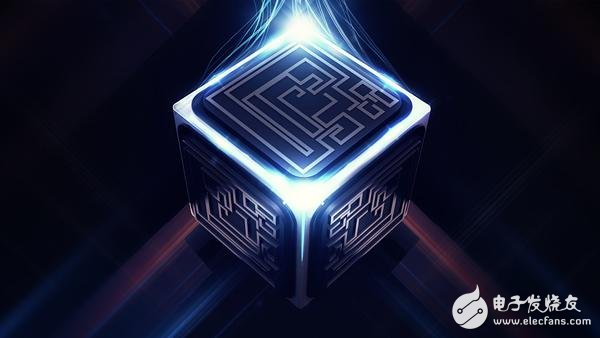Life Characteristics: In machine vision systems, light sources are typically required to operate continuously. This ensures that the images captured remain consistent over time, which is crucial for reliable image processing and analysis. Any fluctuations in lighting can lead to inconsistent results, making it essential for the illumination system to provide stable and continuous performance.
Contrast: Contrast plays a critical role in machine vision. The primary purpose of illumination in these applications is to maximize the difference between the features of interest and the surrounding areas. This helps in accurately distinguishing the desired elements from the background. A good lighting setup should ensure that the target features stand out clearly, with sufficient grayscale variation to enhance detection accuracy. Without proper contrast, even the most advanced vision algorithms may struggle to identify key details.
Spectral Characteristics: The color of the light source and the surface properties of the object being measured significantly affect how much light is reflected back to the camera. Different wavelengths of light can highlight or obscure certain features, depending on the application. For instance, white light or specific spectral bands may be more effective in capturing detailed information from objects with complex colors. When dealing with multi-color objects, the color temperature of the light source becomes an important factor in achieving accurate and consistent results.

Brightness: When selecting a light source, brightness is a key factor. A brighter light generally leads to better image quality and more reliable detection. If the light is not bright enough, several issues may arise. First, the camera's signal-to-noise ratio may drop, leading to a noisier image. Second, insufficient brightness may force the use of a larger aperture, reducing the depth of field. Finally, ambient or natural light can have a greater impact on the system, making it harder to maintain consistent image quality.
Uniformity of the Light Source: Uniform lighting is essential for accurate machine vision. Non-uniform illumination can result in uneven reflections, making it difficult to interpret the image correctly. There are three main aspects to consider regarding uniformity. First, the lighting should be evenly distributed across the entire field of view. Dark spots or overly bright areas can distort the image and reduce accuracy. Second, uneven lighting can cause some parts of the image to appear brighter than others, even if the object’s surface reflects light uniformly. Third, a uniform light source can help compensate for variations in the object’s surface geometry, ensuring consistent illumination across different angles and shapes.
In summary, choosing the right lighting for a machine vision system involves considering factors such as consistency, contrast, spectral properties, brightness, and uniformity. These elements work together to ensure clear, accurate, and reliable image capture, which is vital for successful automation and inspection processes.
FRP Pultruded Profiles,frp profiles,grp pultruded profiles,frp pultruded sections,pultruded profile
Hebei Dingshengda Composite Material Co., Ltd. , https://www.frpdsd.com